
Deviated septum is a very common medical problem of the nasal septum. This happens when nasal septum deviates little bit more to the left or right, causing unequal amount of space in nasal passages.
What is Nasal Septum?
Nasal septum is structure made from cartilage and in most people, this is very straight structure, running down the center of nose. However, you should be aware that completely straight nasal septum is very rarely found. It normally divides the nose into two equal nostrils, but in people with deviation there is some obstruction of air. This is not something you can’t live with and many people have no significant problems related to septum deviation. In fact 80% of all people have off centered nasal septum, but it might not be problematic.
How to Know if You Have Deviated Septum?
Severe deviation of nasal septum can cause discomfort and breathing troubles and should be treated. People with severely deviated septum usually can’t breathe properly through the nose, since one of their nostrils is smaller than the other. Various allergies or conditions such as common cold and blockage of the upper respiratory tract may be especially difficult for these patients. This condition may be responsible for frequent sinusitis (inflammation of sinuses), chronic nasal congestion and sleep apnea. Many patients experience frequent nosebleeds or post nasal drips.
Causes and Treatment
Deviated septum may be something we have since birth and this condition is known as congenital birth defect. Some believe this problem is related to compression of the nose during childbirth. Additionally, septum deviation may be symptom of some genetic disorders like Ehlers Danlos or Marfan’s syndromes. People who suffered from some nose injuries after certain traumas may also develop septum deviation.
Management of the symptoms is usually the first line of treatment for people diagnosed to have deviated nasal septum. In most cases, doctors recommend some antihistamines, decongestant drugs or cortisone spray. All these medications are able to clear the congestion, stop runny nose and decrease sinusitis.
Septoplasty
For chronic symptoms and serious breathing problems there is deviated septum surgery or septoplasty. This is actually the only available way to correct deviated nasal septum and the surgeon repositions the septum during the procedure. If needed, septoplasty may be combined with rhinoplasty (re-shaping of the nose). Septoplasty procedure is not invasive and it is normally performed through the nostrils. Therefore, patients usually have no external bruising and recovery is usually very fast.


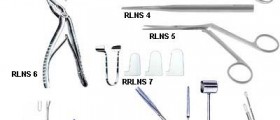


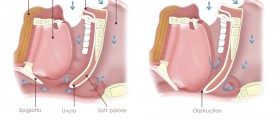
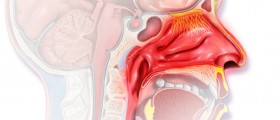
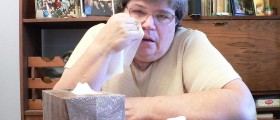
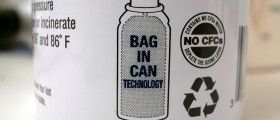



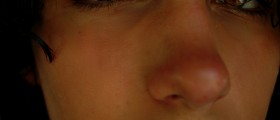




Your thoughts on this
Loading...